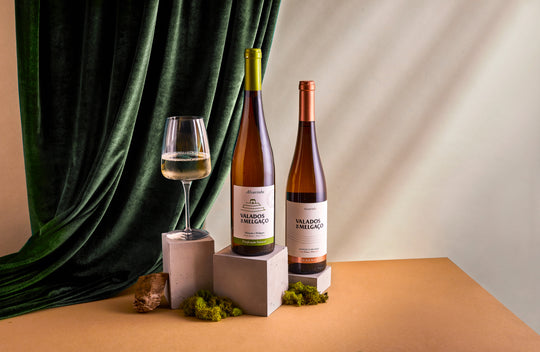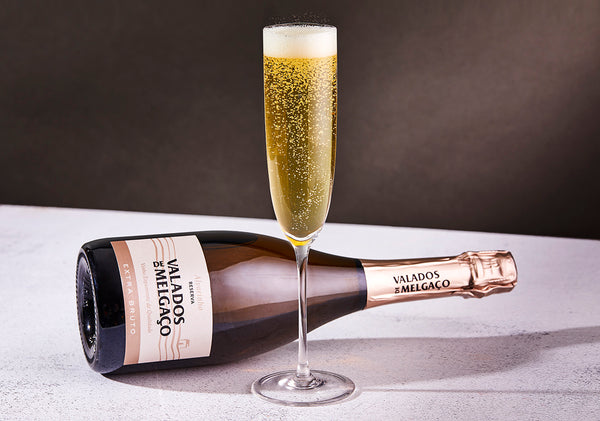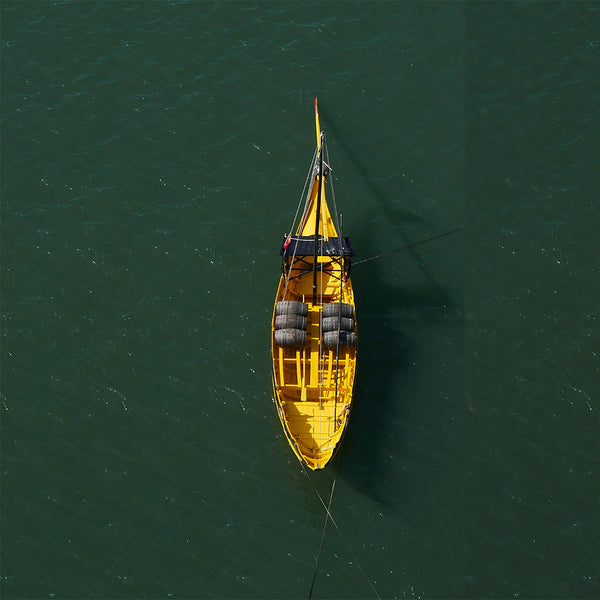French Brandy and Cognac 101

Brandy is made in many countries, but it is French brandy, and cognac in particular, that has gained a reputation for the best quality. Is this true? Let’s take a look at the basics of French brandy, cognac, and armagnac.
French Brandy and Cognac: a Capital Choice
Strictly speaking, the spirit cognac does not have a capital letter, any more than champagne does. In fact it’s one way to make it clear whether you’re referring to cognac the drink, or Cognac the place where it’s made. The same goes for armagnac and Armagnac, and for champagne the drink and Champagne the region.
That’s the way I’m doing it, because I like to be correct (I’m pedantic that way), and I like to be clear. However, some people do use a capital letter for cognac and armagnac, on the grounds that they’re drinks derived from placenames. These people are wrong, but they’re entitled to their opinion.
What is Brandy?
The word brandy comes from a Dutch word, brandewijn, which literally means burnt wine. It came about because when the Dutch started importing wine from Bordeaux in France, they soon discovered it didn’t always survive the sea journey well.
They also discovered that if they distilled the wine first, and then diluted it again at the other end, it was much better. They found out too that – hey, guys, if you drink the brandewijn straight, it tastes pretty good! Brandewijn, later shortened to brandy, had been invented. It’s a spirit made from distilling wine rather than other base ingredients such as corn, rye, or agave plants.
What is Cognac?
Bordeaux was the main port for exporting French wines from that area to the outside world. Cognac is a small town about 75 miles (121 km) north of Bordeaux, and connected to it by the Charente river. Wines from Cognac, and later brandies, would be taken down the river to Bordeaux on barges for export.
It was soon found that, for whatever reasons, the brandy from around Cognac was far superior to other brandies, and people started asking for brandy from Cognac. This became Cognac brandy, and ultimately just cognac.
One of the several factors affecting the taste of cognac is of course the terroir. The soil in the region has a lot of clay and flint in it, so this affects the grapes, and which grapes can be grown. The main grape used is the Ugni Blanc, which only makes passable wine but when distilled produces superb brandy.
A third major factor is wood. In Cognac it was convenient to store the spirit in barrels made from French Limousin oak. The Limousin forests are further up the Charente, so it was easy and cheap to float the wood down to Cognac for barrels. The same barges could pick up a cargo of brandy when they dropped off the oak and sail on down with it to Bordeaux.
‘The Barrel is Everything’
As anyone who ages spirits in barrels will tell you, the barrel is everything. The majority of the flavor of the spirit comes from the barrel – from how long you store it, from how the barrel was made, from the size of the barrel, from what if anything was stored in it previously, and from the wood the barrel was originally made from.
This combination of microclimate, soil, grape, and wood is what makes cognac cognac. And it happens that a lot of people like the taste of cognac compared to other brandies.
Cognac Appellation d’origine Contrôlée
As with drinks and foods around the world, once something from a particular place is found to be superior, whether it’s champagne, Dijon mustard, or parmesan, the people who produce it want to protect it. In the case of cognac, for example, you don’t want a distiller from 50 miles away, who uses a different grape and has different soil, producing a brandy and calling it cognac. The consumer will soon notice that it isn’t as good as the cognac he previously had, which was the real deal, and will start thinking, ‘You know, not all cognac is great.’ And then the reputation of the cognac-makers is shot.
The producers get together and start to make rules about how cognac must be made, to preserve the consistency and quality. A big part of this is the area where it’s made. So, tequila can only be made in certain parts of Mexico, champagne must come from the Champagne region of France, and cognac must come from one of six particular wine-growing areas around the town of Cognac itself.
The other requirements for calling cognac cognac are that:
- The grapes used must be at least 90% Ugni Blanc, Folle Blanche, or Colombard grapes, with the remaining 10% from Folignan, Jurançon Blanc, Meslier St-François, Sélect, Montils, or Sémillon grapes.
- The grapes must be distilled twice in copper pot stills.
- The resulting spirit must be aged for at least two years in new, uncharred barrels made from French oak from Limousin or Tronçais.
If that sounds rigid then there’s still plenty of variety to be had from the type of grapes used to the length of the ageing process. Most distillers will age for much more than the minimum two years, coaxing greater flavors from the wood.
Types of Aged Cognac
Cognac aged for the minimum of two years is known as VS (very Special) cognac. Cognac aged for at least four years is known as VSOP (Very Superior Old Pale) cognac. Cognac aged for at least six years becomes XO (Extra Old) cognac. The reason these categories are in English rather than French is that the British market was always the biggest market for cognac. Even today, more cognac is drunk outside France than inside the country.
What is Armagnac?
Armagnac is a brandy like cognac except it comes from Armagnac, which is a region in southwest France. There is no one town called Armagnac, as there is a town called Cognac.
Differences include the fact that armagnac is traditionally only distilled once, in column rather than pot stills, and as a result it’s not usually quite as strong as cognac. The blend of grapes is slightly different, though there’s some overlap in the type of grapes used. In the case of Armagnac these are Baco 22A, Colombard, Folle Blanche, and Ugni Blanc.
In addition to the two types of wood used for cognac barrels, armagnac can also be stored in Gascon oak barrels. There is no such thing as an unaged cognac. If it isn’t aged for at least two years you can’t call it cognac. Armagnac doesn’t have to be aged at all and it can still be sold as armagnac, though it has to be aged for at least one year to be called VS (Very Special) armagnac.
So, remember all that and you’ll be a much more informed buyer and imbiber of French brandy, armagnac, and cognac.












